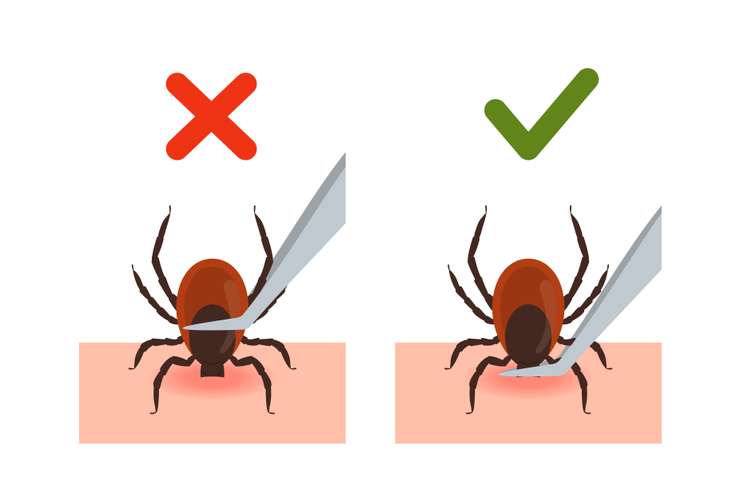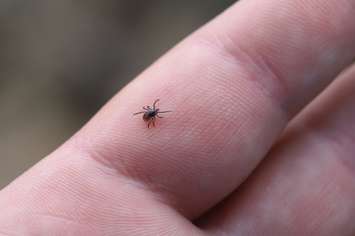The warmer weather has arrived and unfortunately, so have the ticks. As the days continue to get nicer, ticks will become more active.
If you're looking to protect yourself when outside or in long grass, Keshia Hackett, a public health inspector with Huron Perth Public Health (HPPH), has some tips.
"You can cover up when outdoors," said Hackett. "You can wear light-coloured clothing, which makes ticks easier to spot, use insect repellent, and when you come back inside, put your clothes in the dryer to kill off any ticks that might be on the clothes."
A proper tick check should also be performed.
"You want to be mindful of all areas of your body," said Hackett. "So doing a head-to-toe tick check, checking behind your knees, on your head, in your hair, your groin area, under your arms, your back. You can also shower when you come back inside and that will help remove any ticks that haven't attached yet."
If you do find a tick, she said to use a fine pair of tweezers and grab the insect as close to your skin as possible. Then, pull directly out.
"You don't want to twist or squeeze the tick," she said. "You can bring the tick to your local health unit or send a picture to eTick.ca for identification. Then speak with your healthcare provider if you're showing any signs and symptoms of Lyme disease."

Hackett said a tick needs to be attached and feeding for 24 hours before it will start to transmit Lyme disease.
According to the Centers for Disease Control and Prevention (CDC), symptoms can happen up to three to 30 days after a tick bite. If you have a fever, chills, headache, fatigue, muscle and/or joint aches, swollen lymph nodes, or a bullseye rash, go see a medical professional immediately.
Symptoms that can show up later include severe headaches and neck stiffness, more bullseye rashes on other parts of the body, one or both sides of your face drooping, arthritis with swelling, and more. A full list can be seen on the CDC's website.
A list of resources in Canada and more information on Lyme disease can be found here.






